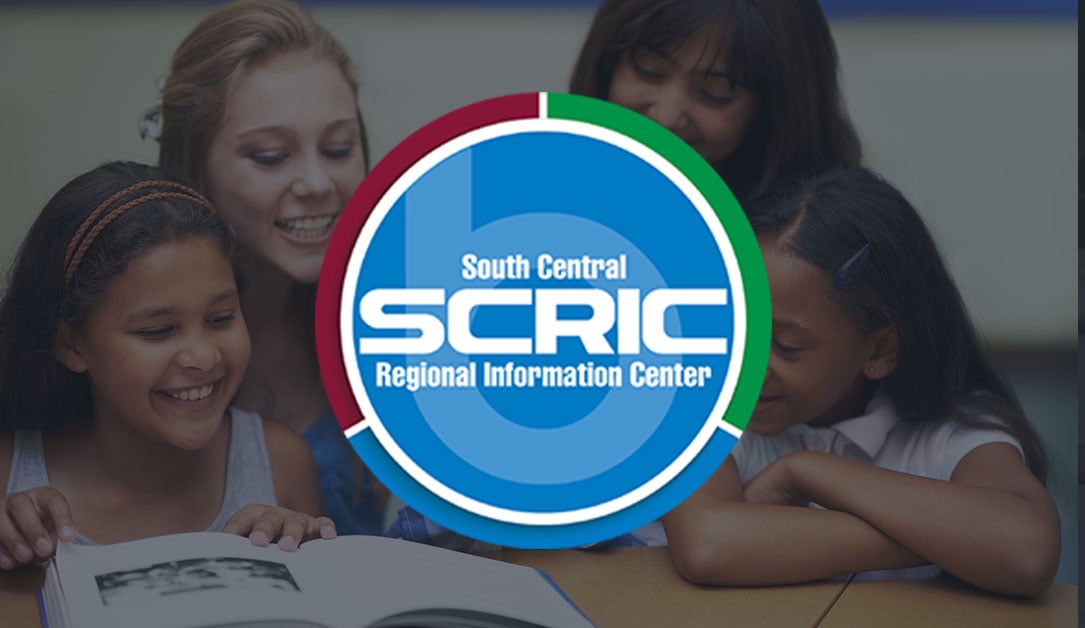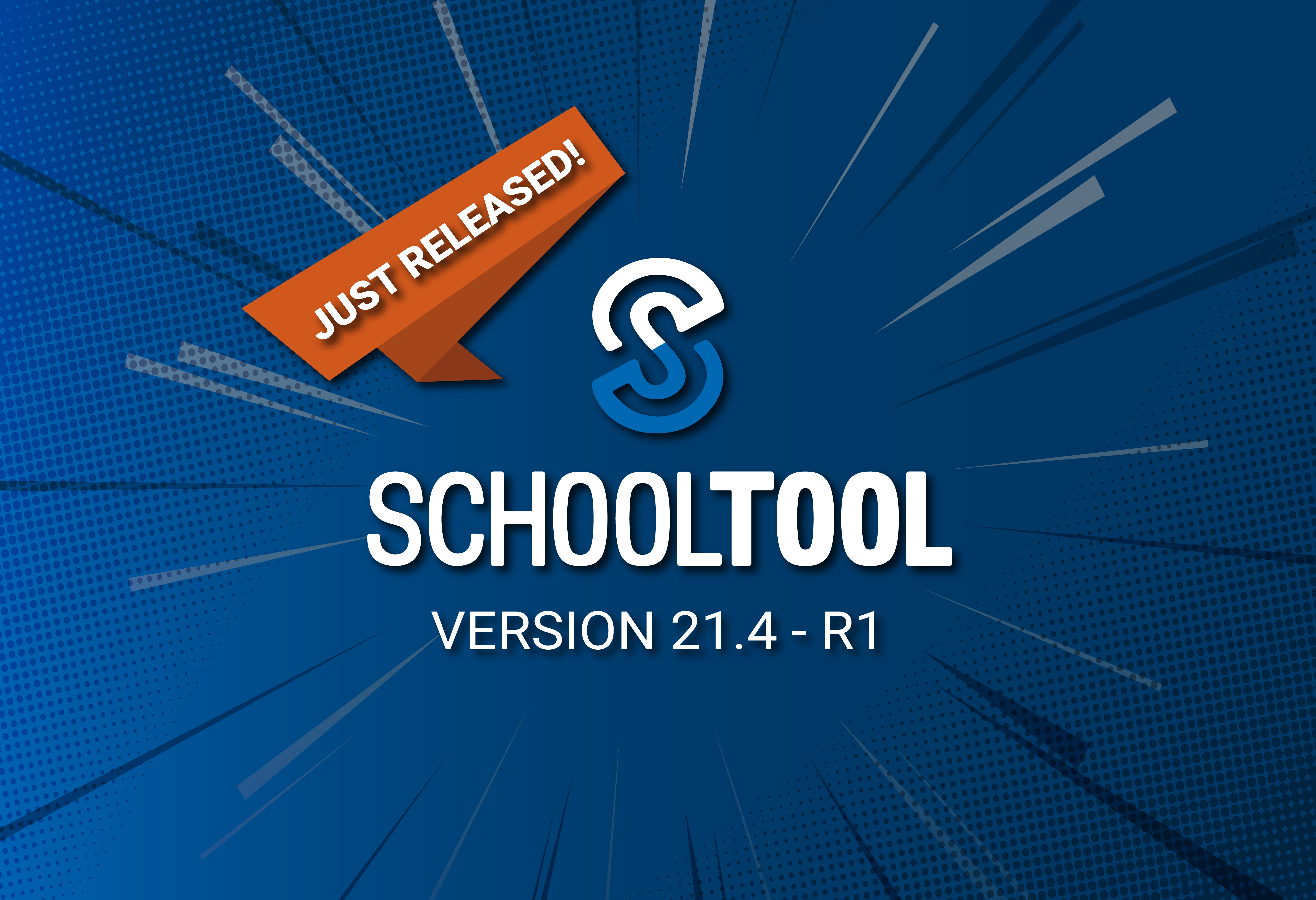
SchoolTool 21.3-R4: Elevating Standards-Based Grading and Boosting Course Selection Visibility
We’reexcited to announce the latest SchoolTool release (21.3-R4) and share some exciting updates that will streamline your grading and scheduling...
3 min read
 SchoolTool
Jan 23, 2025 9:17:11 AM
SchoolTool
Jan 23, 2025 9:17:11 AM

Standards-Based Grading (SBG) is gaining popularity across the United States as educators explore better ways to measure student learning. Unlike traditional grading systems, which often rely on averaging scores from assignments and tests, SBG focuses on how well students have mastered specific learning goals.
It’s important to note that New York State doesn’t have a statewide grading policy, so each school district sets its own rules. Based on our work with SchoolTool districts, we’ve observed a common approach to standards-based grading (SBG) that organizes student performance into four levels: Below Standard, Approaching Standard, Meets Standard, and Exceeds Standard.
This approach helps teachers see exactly what students have learned and where they may need additional help. It also makes it easier for educators to pinpoint learning gaps early on and offer feedback that helps students improve. By emphasizing growth and understanding over simply completing assignments, SBG encourages a mindset focused on continuous learning.
While grading systems alone don’t directly improve learning, methods like SBG provide valuable insights that can help teachers refine their practices and support student success. By prioritizing mastery over averages, SBG offers a more focused and effective approach to education that can complement existing grading methods.
Research shows that Standards-Based Grading (SBG) offers several key advantages, especially when compared to traditional grading practices. Dr. Valerie L. Marsh, PhD, University of Rochester, in her 2023 article Standards-Based Grading: History, Practices, Benefits, Challenges, and Next Steps, discusses how SBG offers a more accurate picture of student progress.
SBG allows teachers to assess how well students are mastering specific standards, providing a clearer measure of their progress. McMillan (2009) explains in Assessment Essentials for Standards-Based Education that SBG goes beyond just ranking students—it gives a clearer picture of how well each student has understood specific learning goals, highlighting areas where improvement is needed.
SBG reduces the pressure often associated with one-time tests and assignments. Marsh (2023) notes that students are encouraged to focus on improving over time, rather than being penalized for past mistakes. This shift helps students develop a growth mindset and stay more motivated to keep learning.
SBG fosters a classroom environment where learning is the main focus, not competition. When students are assessed based on their mastery of content, they’re more likely to engage with the material and concentrate on skill development, rather than comparing themselves to their peers. This creates a more positive and supportive learning atmosphere.
SBG makes it easier for teachers, students, and parents to understand where a student is excelling and where they may need more help. Since grades are tied to specific learning goals, everyone has a clearer understanding of progress. Guskey and Link (2018) emphasize that this transparency leads to more meaningful conversations about student performance, helping everyone work together to support the student’s growth.
One of the major strengths of SBG is how it aligns teaching with assessment. By linking assignments directly to specific learning standards, teachers ensure that what they teach matches what students are expected to learn. This alignment ensures that assessments accurately reflect a student’s mastery of the material.
Over the last few years, there’s been a noticeable shift toward Standards-Based Grading (SBG) in New York State. This change is particularly evident in our User Group sessions, where educators from across the state come together. In response to this growing demand, we’ve invested significant resources into redesigning our gradebook to better support SBG practices. Our new gradebook, designed by teachers for teachers, is fully aligned with the increasing number of schools adopting standards-based grading, offering another way to track student progress.
Additionally, New York State is rethinking its high school graduation requirements. The New York State Education Department (NYSED), guided by the Blue Ribbon Commission on Graduation Measures, is moving away from the traditional focus on Regents exams as a graduation requirement. Instead, they’re exploring more flexible, proficiency-based options. For example, the state is considering a "Portrait of a Graduate" approach, which emphasizes mastering skills over time spent in the classroom. Although this isn’t directly tied to SBG, it reflects a broader trend toward evaluating students based on their overall growth and proficiency, rather than relying solely on standardized tests.

At SchoolTool, we understand that implementing Standards-Based Grading can be complex, which is why we’re committed to helping districts across New York State navigate the transition. Our SBG Gradebook is designed to simplify the grading process and help educators track student progress more effectively.
Link Standards to Assignments: Start by aligning standards with assignments directly in the dashboard. This helps students understand exactly what they need to master.

Efficient Grading Interface: Once the standards are linked, use our grading interface to assess student work based on those criteria. This approach streamlines the grading process and makes it easier to identify areas where students may need extra support.

Decaying Average Grading: After grading assignments, our system lets you apply a decaying average method. This means more recent work has greater weight, giving a more accurate reflection of a student’s current abilities, while still considering earlier assignments.

SchoolTool’s SBG Gradebook helps make grading more transparent, equitable, and aligned with best practices, ensuring that New York State districts can successfully implement and benefit from Standards-Based Grading.
We’d love to show you how our standards-based gradebook can make grading easier and more effective for your classroom. If you're interested in seeing it in action, just fill out our demo request form, and one of our team members will reach out to set up a time that works for you. We’re excited to connect with you and help you get the most out of this tool!

SCRIC (South Central Regional Information Center) supports 49 districts serving more than 47,000 students across New York State. When third-party...

As a K–12 leader, you know that data is at the heart of student success, guiding everything from classroom strategies to districtwide...

We’reexcited to announce the latest SchoolTool release (21.3-R4) and share some exciting updates that will streamline your grading and scheduling...

We’re happy to share that Mindex has released the latest version of SchoolTool, Version 21.4-R1 (Build 12)! This release brings important updates for...

We are super excited to reveal the newest SchoolTool gradebook features, designed by teachers for teachers! We've been listening to your feedback...